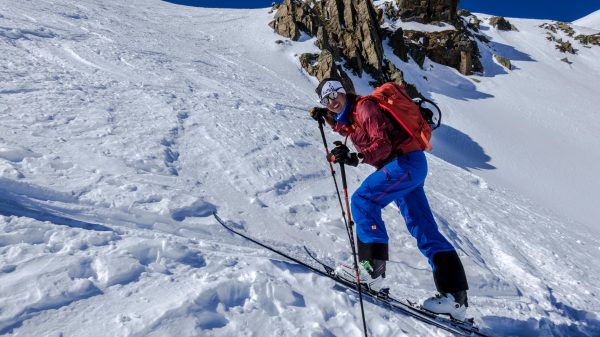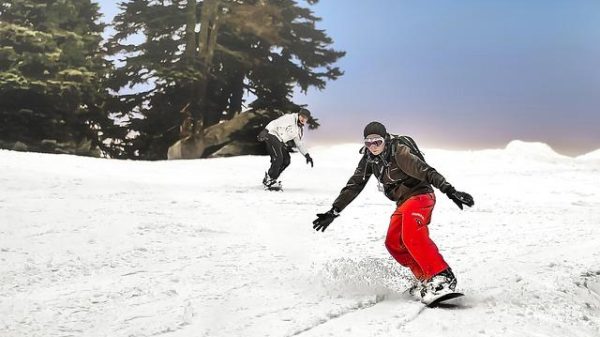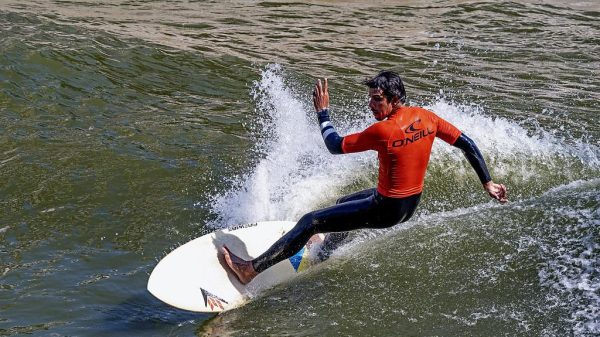When it comes to surfing, mastering the art of wave selection can make all the difference between an exhilarating ride and a missed opportunity. While the ocean may seem like an unpredictable force, understanding its language can transform your surfing experience. In this guide, we’ll explore the essential skills and insights needed to read the ocean effectively, empowering you to choose the best waves with confidence. By learning to interpret the subtle cues of the sea, you’ll not only enhance your performance but also deepen your connection with the natural world. So grab your board and get ready to embark on a journey of discovery and skillful wave selection, where every swell holds the promise of adventure and growth.
Understanding Wave Patterns and Movements
Recognizing the rhythm and behavior of the ocean is key to improving your wave selection skills. Wave patterns are not just about the waves themselves but also about understanding the entire ecosystem they are part of. When you observe the ocean, pay attention to these crucial elements:
- Swell Direction: The angle at which waves approach the shore can dramatically affect their size and shape. A slight change in direction can turn a mediocre wave into a perfect one.
- Wave Period: This is the time interval between successive wave crests. Longer periods often indicate more powerful and organized waves, while shorter periods might suggest a choppier surface.
- Wind Patterns: Offshore winds can groom the waves into clean, well-formed sets, while onshore winds may create a more chaotic ocean surface.
- Tide Levels: The state of the tide can influence the break of the waves, with some spots favoring high tides and others low.
By honing your ability to read these elements, you can enhance your understanding of the ocean’s dynamics and make more informed choices about when and where to catch the perfect wave.

Mastering the Art of Timing for Optimal Wave Rides
Understanding the rhythm of the ocean is crucial for catching the perfect wave. Timing is everything, and mastering it requires a keen eye and a sense of patience. To improve your wave selection, start by observing the patterns of the sets. Pay attention to the interval between waves, the direction of the swell, and the wind conditions. Each of these elements plays a significant role in the quality of the waves. Wave size and shape can vary greatly even within a single set, so wait for the wave that best matches your skill level and style. Remember, the best wave isn’t always the biggest; it’s the one that offers the most rideable face and the cleanest line.
- Observe the horizon: Look for signs of incoming sets to position yourself effectively.
- Feel the rhythm: Spend time in the water without surfing to get a feel for the natural cadence of the waves.
- Patience is key: Resist the urge to catch every wave; wait for the one that feels right.
- Communicate with fellow surfers: Share insights and learn from others who are more familiar with the spot.
By honing your ability to read the ocean, you will not only enhance your surfing experience but also increase your wave count. Embrace the learning curve, and soon enough, you’ll find yourself in sync with the sea, riding waves with newfound confidence and joy.

Harnessing Local Knowledge for Superior Wave Selection
Local knowledge is an invaluable asset in the art of wave selection, transforming a good surf session into a great one. Surfers who immerse themselves in understanding the intricacies of their local break often find themselves rewarded with a unique insight that even seasoned travelers can’t match. By building relationships with local surfers, you gain access to a treasure trove of information that encompasses the subtle nuances of wave behavior, tidal shifts, and wind patterns specific to the area.
- Observe: Spend time watching the ocean from different vantage points to notice changes in wave sets.
- Engage: Talk to locals about their favorite spots and what conditions make them work best.
- Record: Keep a journal of your sessions, noting conditions and wave quality to identify patterns over time.
Embracing the wisdom of those who have spent countless hours in the water can elevate your surfing experience. Recognize the rhythms of the ocean that are unique to your local spot, and you’ll find yourself catching waves with greater ease and precision.

Enhancing Your Skills with Advanced Wave Forecasting Tools
In the world of surfing, understanding and utilizing advanced wave forecasting tools can significantly elevate your wave selection skills. These tools, often packed with a myriad of data points, provide invaluable insights that can be harnessed to catch the perfect wave. Wave period, swell height, and wind direction are just a few of the critical metrics that you can analyze. By delving into these factors, surfers can make informed decisions on when and where to hit the water, ensuring that each session is both safe and exhilarating.
- Wave Period: This indicates the time between consecutive waves. Longer periods usually mean more powerful waves, ideal for experienced surfers.
- Swell Height: A higher swell height generally correlates with larger waves. Use this metric to gauge wave size and plan your session accordingly.
- Wind Direction: Offshore winds often lead to cleaner, more manageable waves. Check the wind patterns to optimize your ride.
By mastering these tools, surfers can not only improve their performance but also foster a deeper connection with the ocean. Embrace the technology available, and let it guide you to the perfect wave, time after time.










